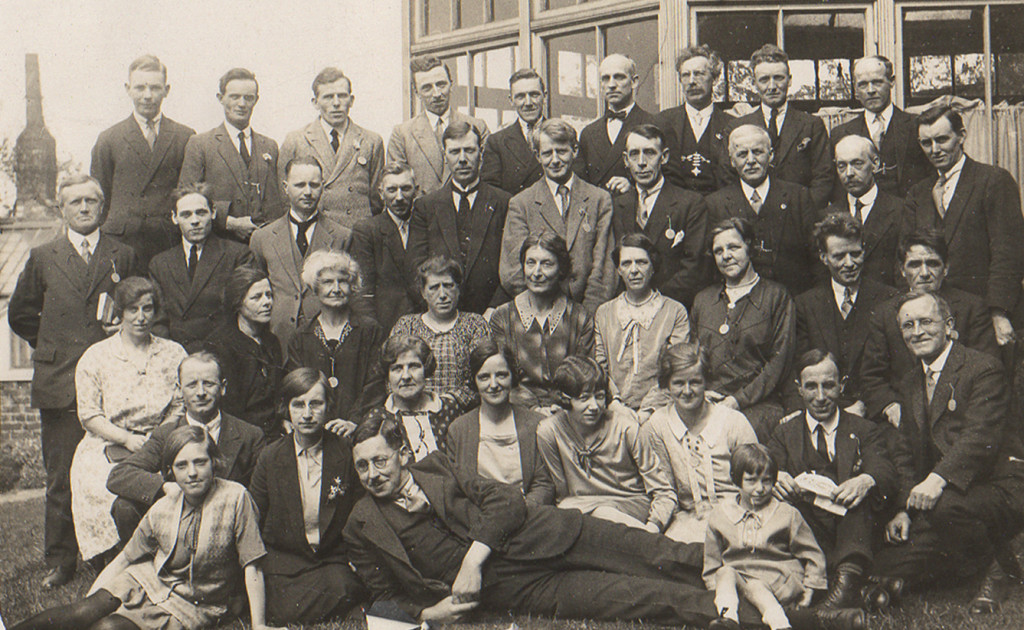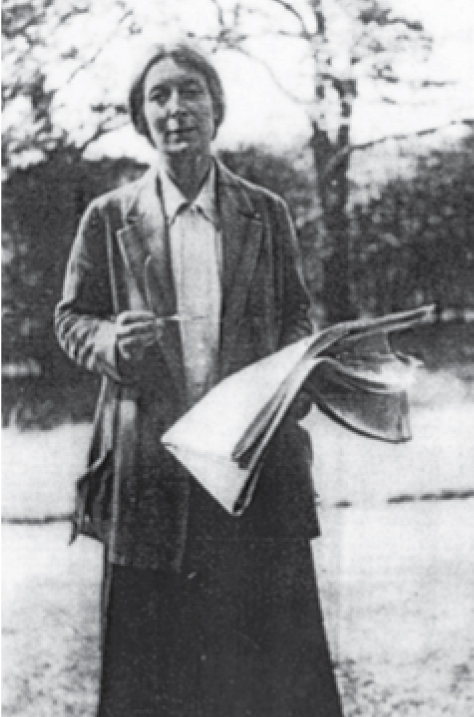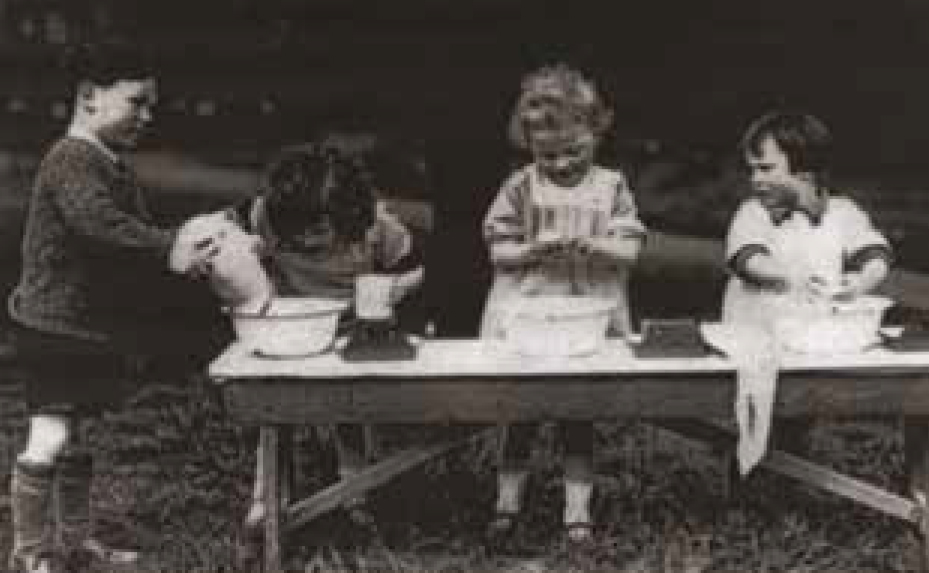A Bunch of Scary Women

In 1919, a year after the end of World War 1, a new spirit was emerging at Bensham Grove. Three generations of Quaker beliefs, political influence and the bohemian life-style of the Spence Watsons came to an end with the death of Elizabeth, Robert’s wife.
The large comfortable house was empty, forcing the remaining family members to set up an Educational Trust, allowing the newly-formed Settlement Association to use it as a venue for their experimental adult education courses, a subject that would have been close to the Spence Watson’s hearts.
The ideas of the original family Trustees were somewhat idealistic. They envisaged a ‘common meeting ground for men and women to learn through class study, discussions, music and fruits of Fellowship’. They damned Gateshead as ‘lacking in beauty and backward in its education and municipal life’.
In 1919, a year after the end of World War 1, a new spirit was emerging at Bensham Grove. Three generations of Quaker beliefs, political influence and the bohemian life-style of the Spence Watsons came to an end with the death of Elizabeth, Robert’s wife.
The large comfortable house was empty, forcing the remaining family members to set up an Educational Trust, allowing the newly-formed Settlement Association to use it as a venue for their experimental adult education courses, a subject that would have been close to the Spence Watson’s hearts.
The ideas of the original family Trustees were somewhat idealistic. They envisaged a ‘common meeting ground for men and women to learn through class study, discussions, music and fruits of Fellowship’. They damned Gateshead as ‘lacking in beauty and backward in its education and municipal life’.

Into these rather middle-class expectations came the first and most influential of all the subsequent Wardens, Miss Lettice Jowitt. Her observation that an Educational Settlement must seek to ‘unsettle those who are content with the injustices and inequalities of the social system in which they live’ was a strong indication of future events.
The country was on the brink of social reform following the realisation that 40% of conscripted men during the war were graded medically unfit. Alarm bells were beginning to ring. As the country took a downturn, unemployment grew, averaging 35%–36% in industrial Tyneside. Gateshead suffered badly!
Miss Jowitt was painfully aware that below a certain income level people suffered chronic ill-health due to under-nourishment, over- work, and unhealthy surroundings. Both State and Charitable agencies came to believe that children, who suffered most, needed protecting and their lives controlling, during the years before schooling began. Miss Jowitt came to the same conclusion!
She gathered around her a group of ‘settlers’, all women, who paid a small rent for a room and facilities, and who were to wield a huge influence in the social concerns of the Bensham Grove Settlement.
Miss Jowitt chose well. She provided a home to an organiser of the Save the Children Fund, a Health Insurance Inspector, a Health Visitor, an Inspector for the Housing Committee, and two Armstrong College Lecturers. The pioneering ideas of these women in social welfare made some more conservative members of the community throw up their hands in horror!
The Mother and Child Welfare Clinic
1920 finds the Gateshead Medical Officer of Health listing the staple industries of Gateshead as many. Engineering, both mechanical and electrical, chemicals, glass, brick, and roperies vied with saw mills, plate rolling mills, gas, paper and nail works, collieries and shipyards. He also gave an overview of the worst parts of the town including Bensham, with ‘deplorable over-crowding in the smaller houses, the worst instance being of one room containing 9 persons’.

The 1918 Maternity and Child Welfare Act nudged local authorities into providing funding to set up clinics and training for brand new Health Visitors and Midwives. Miss Jowitt saw this as an opportunity to help the mothers and children in the Bensham and Teams areas where Bensham Grove was situated. The doors of the Settlement were opened wide making it the very first Mother and Child Welfare Clinic in Gateshead.
Miss Stead, one of the first Settlers, worked hard in the clinic as well as being one of the first new Health Visitors to brave some appalling conditions in the surrounding community. Many mothers needed help with even the basic knowledge of mother- care. In 1917 the figure for infant mortality in Gateshead was 132 children per 1000. Girl children in particular were most at risk being last in line for food in large families living in over-crowded conditions.
Miss Jebb, a fellow Settler and Lecturer at Armstrong College, began classes to train the Health Visitors and so putting into place the nucleus of a group of women college students who would in a few years time become the chief instigators in the creation of the first Nursery School in the North- East which would be situated at Bensham Grove.
All was not doom and gloom!
‘Everything is being done to make the mothers comfortable and happy during their visit.’
‘At times the dressing room has the appearance of a baby-show with some really good specimens.’
‘Without the intervention of Gateshead Corporation stepping in with its aided milk supply a great number of babies would have died of starvation or improper feeding.’
‘There is a happy spirit prevailing and capable help from volunteers.’
‘During five afternoons in the summer the lawn was the scene of gay tea-parties and there were also the delights of Christmas-tree parties.’
‘There is a willing band of volunteers running tea-parties, fund-raising and weighing babies’.

